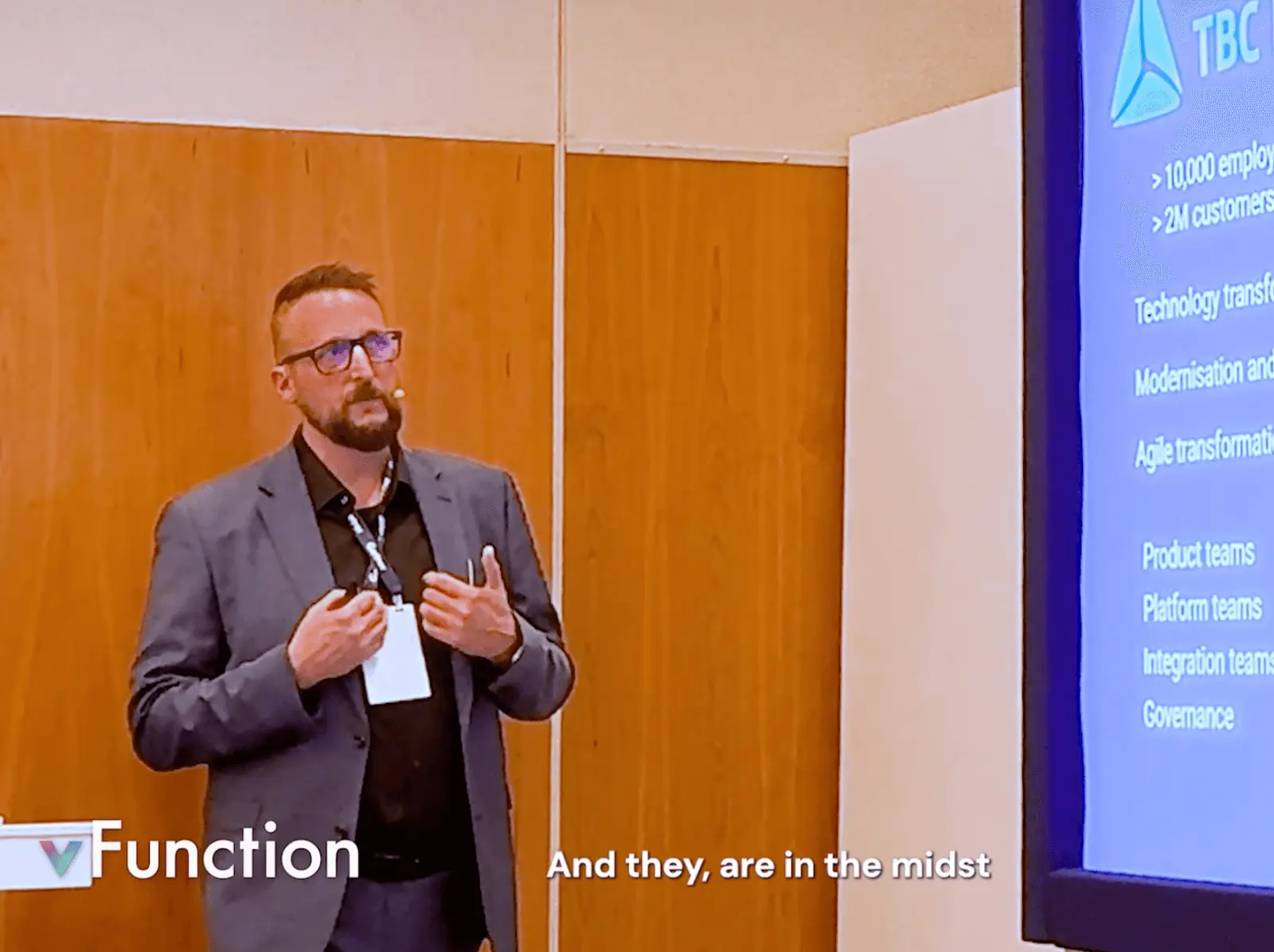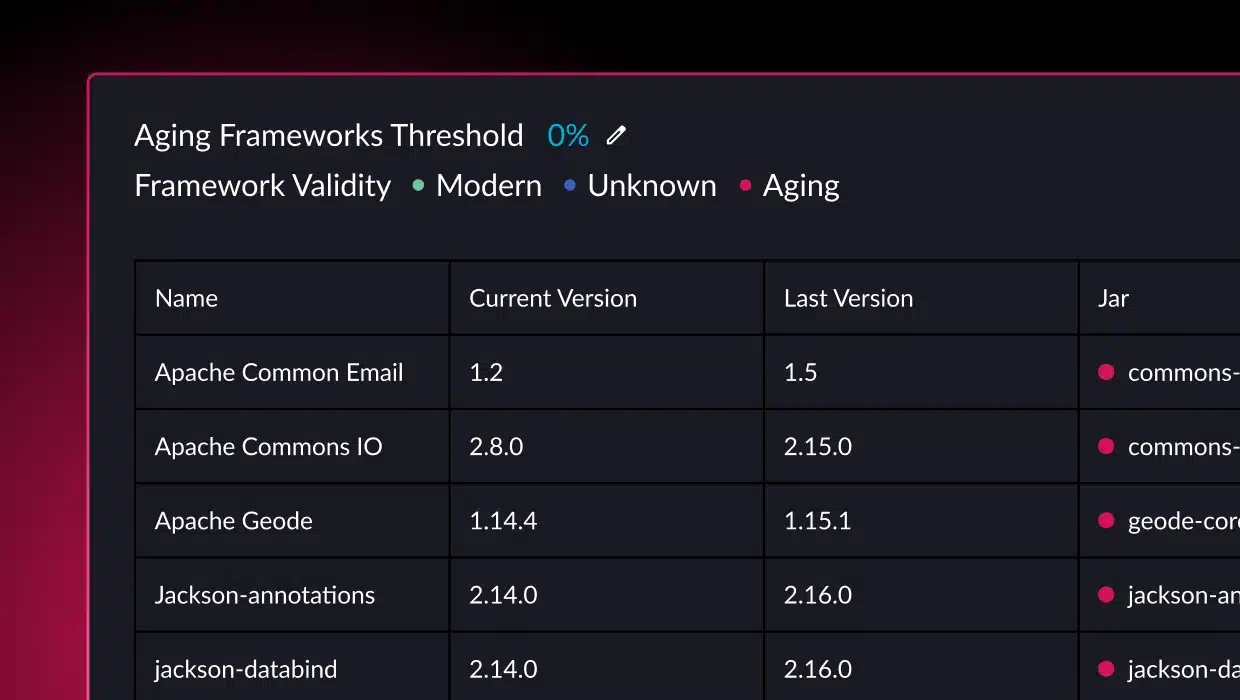Italy’s largest bank, Intesa Sanpaolo, transformed mission-critical monoliths into microservices helping them achieve three objectives: cost control, better stability and scalability, and greater customer satisfaction.

Architectural observability demo
Watch Now






